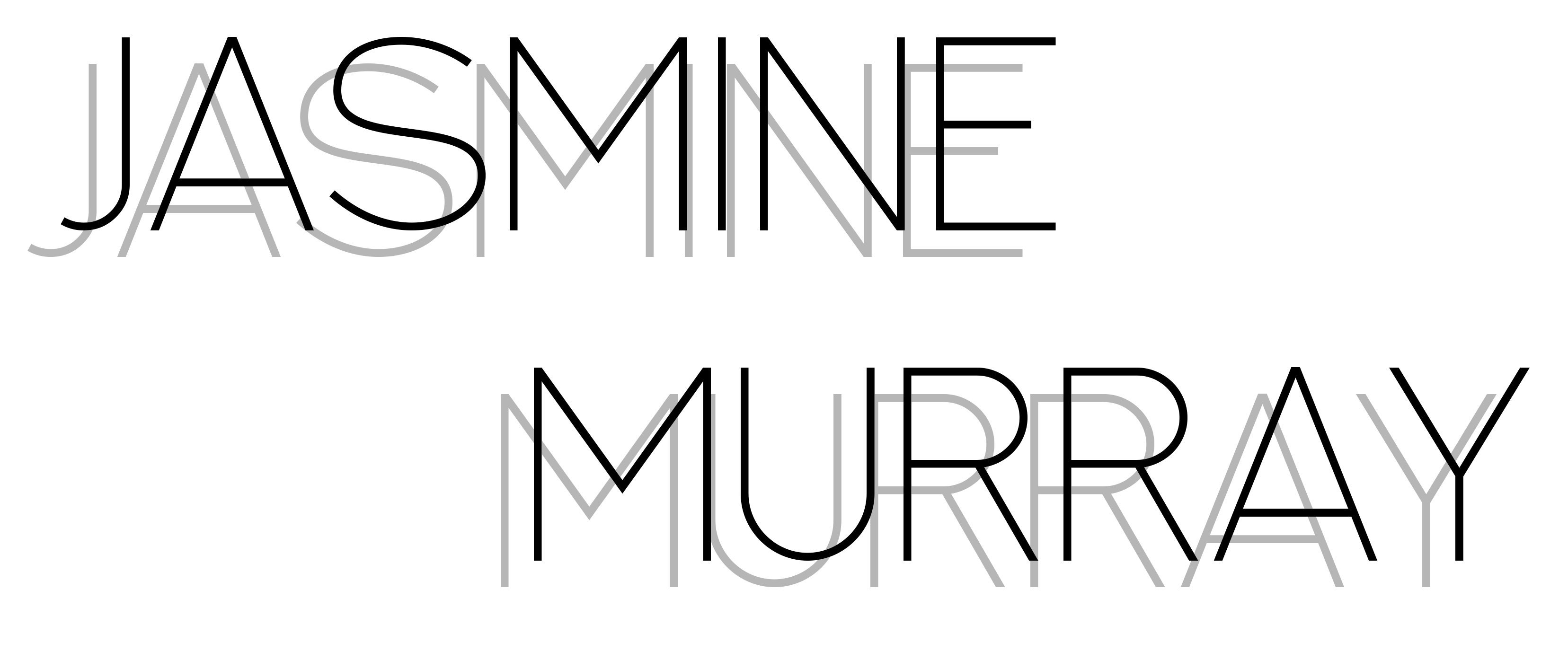“The ‘ordinary’ moments being captured by Instagram users may be important for people to share with their friends (interesting trips, meetings with friends, family events) or they can be only of interest only to the author, and therefore look ‘ordinary’ to us because we are not involved in her/his life.”
Manovitch, L. (2016)
Are You Drowning Yet?

In regards to my own practice I have mostly stuck to using an Online Portfolio website and Social Media itself as a vehicle of displaying and sharing my work with it’s audience, as it easily suits my social commentary on social media. However a previous series within my current practice Unsocial Media_ (2019) has ended up being included in a group zine Photograd’s PGZ2019 and in a travelling exhibition with the RPS 100 Heroines last year, neither of which I had significant control over how they were displayed in terms of order or the edit of the images shown, however I have learnt that my images do work in a variety of scenarios I would not have considered in the past due to my luck in being included in such initiatives.
And When I am Formulated, Sprawling on a Pin
“Postmodern culture is often characterised as an era of ‘hyper-representation’ in which reality itself begins to be experienced as an endless network of representations.”
Mitchell, W.T. (1995; 16)
My first experience of actually looking at the National Geographic was as a teenager studying Media where it was more a sense of looking at it through a critical lens of demographics and semantics, perhaps because of this I found the following quote resonated with me “…the photographs found in the National Geographic represent the apotheosis of the picteuresque. That is, they embody many of the same conventions of color and form as plein-air painting. They aim to please the eye, not to rattle it.” (Grundberg, A. 1988)
Even now the National Geographic makes me think of the world through a very specific lens where once you have seen one image from them you have seen them all, the images are formulaic, visually satisfying to the viewer and what their target market wants to see, ultimately not dissimilar to how holiday brochures function – the notion of a picture perfect view of what a holiday operator wants people to see.

The gaze is not only colonial but also voyeuristic with the sense of othering the subjects taken in ‘exotic’ lands, making them almost seem like they are ‘pre-packed’ and ‘oven ready’ images ready for quick consumption by hungry consumers, curated in a way not unlike how influencers on social media operate.

Women depicted in National Geographic are illuminated through the patriarchal lens of western beauty standards (e.g. 1962’s depiction of aesthetically beautiful Pacific Islanders), and tend to be depicted in stereotypical ways even today, with The End of Trash cover (March 2020) image implying it is women at fault for consumerism in fashion alone.

Although the November 2019 cover image implies empowerment and celebrating women, the women selected to appear on the cover are mostly women who fit the notion of western beauty standards and of cultural clichés. To me it becomes further apparent National Geographic is catering to a mass consumerist vision of clichés when in 2018, they mimicked imagery produced for Tesco, by a Slovak-Hungarian photographer.

“Images begin to replace the world, photography loses much of it’s reason for being. Into the vortex, then, comes the digital.”
Ritchin, F. (2008; 23)
References
Figures
Figure 1 Murray, J. (2020) Are You Drowning Yet? Chart
Figure 2 Marden, L. (1962) Tarita Teriipaia, from Bora-Bora. [Online] Available from: https://www.nationalgeographic.com/magazine/2018/04/from-the-editor-race-racism-history/ [Accessed 05/03/2020]
Figure 3 National Geographic (March 2020) The End of Trash. [Online] Available from: https://www.isubscribe.co.uk/National-Geographic-Magazine-Subscription.cfm [Accessed 06/03/2020]
Figure 4 National Geographic (November 2019) Women A Century of Change. [Online] Available from: https://www.businesswire.com/news/home/20191015005861/en/EXCLUSIVE-National-Geographic-Releases-Newest-Global-Rankings [Accessed 05/03/2020]
Figure 5 Left: National Geographic (June 2018) Planet or Plastic. Right: Matus, B. (2015) Tesco Eco Bag Advert. [Online] Available from: https://hungarytoday.hu/iceberg-ahead-hungarian-artist-accuses-national-geographic-of-plagiarism-over-viral-new-cover-photo/ [Accessed 05/03/2020]
Bibliography
Beynon, W. (2013) The Guardian: What does the ‘Instagram act’ mean for brands? [Online] Available from: https://www.theguardian.com/media-network/media-network-blog/2013/jun/12/instagram-act-brands-copyright [Accessed 03/03/2020]
Cuthbertson, A. (2019) Independent: Tumblr porn ban: One-fifth of users have deserted site since it removed adult content. [Online] Available from: https://www.independent.co.uk/life-style/gadgets-and-tech/news/tumblr-porn-ban-nsfw-verizon-yahoo-adult-content-a8817546.html [Accessed 04/03/2020]
Electronic Frontier Foundation. (2019) What Tumblr’s Ban on ‘Adult Content’ Actually Did. [Online] Available from: https://www.eff.org/tossedout/tumblr-ban-adult-content [Accessed 05/03/2020]
Grundberg, A. (1988) The New York Times: Photography View; A Quintessentially American View of the World. [Online] Available from: https://nyti.ms/29zmlAc [Accessed 06/03/2020]
Manovitch, L. (2016) Instagram and the Contemporary Image. [Online] Available from: manovich.net/index.php/projects/instagam-and-contemporary-image [Accessed 02/03/2020]
Mitchell, W.T. (1995) ‘Representation’ [in] Lentriccia, F. & McLaughlin, T. (eds.) (1995) Critical Terms for Literary History. pg 16. Chicago; University of Chicago Press.
Murray, J. (2019) Unsocial Media_. [Online] Available from: https://jasmphoto.portfoliobox.net/unsocialmedia_ [Accessed 02/03/2020]
Orlowski, A. (2013) The Register: UK.Gov passes Instagram Act: All your pics belong to everyone now. [Online] Available from: https://www.theregister.co.uk/2013/04/29/err_act_landgrab/ [Accessed 04/03/2020]
PhotoGrad (2019-2020) PGZ2019. [Online] Available from: https://www.photograd.co.uk/shop/pgz2019 and https://www.photograd.co.uk/shop/pre-order-the-printed-edition-of-pgz2019 [Accessed 03/03/2020]
RPS 100 Heroines Initiative (2019-) [Online] Available from: https://hundredheroines.org/ [Accessed 04/03/2020]
Ritchin, F. (2008) After Photography. pg 23. New York; W.W.Norton.
Zhang, M. (2016) Petapixel: Instagram Disabled Woman’s Account For Posting This Cake Photo. [Online] Available from: https://petapixel.com/2016/04/05/instagram-disabled-womans-account-posting-cake-photo/ Accessed 05/03/2020]
